What if the one thing that could help you lose weight the most quickly was right under your fingertips?
That may be the very case with high-sodium diets and why they undermine even our best attempts at losing weight.
Everyone is exploring different diets from Paleo to vegan, to raw, gluten-free, and everything in between. And while none of these diets are necessarily good or bad depending on your goals, none of them address the issue of too much sodium in the diet.
Why and How Salt is Hurting Our Health:
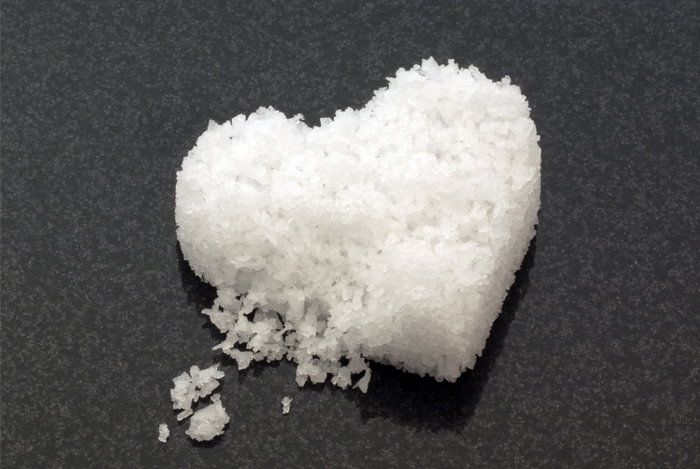
Did you know a high-sodium diet is one of the worst things that can undermine your weight loss efforts?
Sodium is a mineral that we need for optimal bodily functions, but most of us get way more sodium than we need through simple, whole foods. Even vegetables have natural sodium in them!
In other words, the salt shaker and fancy sea salts just aren’t necessary to include in our diets and they’re definitely not supporting our waistlines either. The problem with sodium isn’t just that it makes you retain water; it’s everything else that comes with the salt that does.
Harvard Health Institute also warns against eating a high-sodium diet to avoid the following:
- Heart disease
- High Blood Pressure
- Stroke
- Diabetes
- Heart attacks
- Heart failure
- Bone deterioration/bone loss
- Osteoporosis
- Potassium loss
- Acidic blood
- Cancer
- Weight gain
The current limit on sodium is 1500 milligrams for most adults, although most condiments contain well over 100 milligrams per teaspoon, and restaurant meals themselves can skyrocket over the daily limit of sodium in just one meal.
The Addictive Nature of Salt: The Pleasure Trap
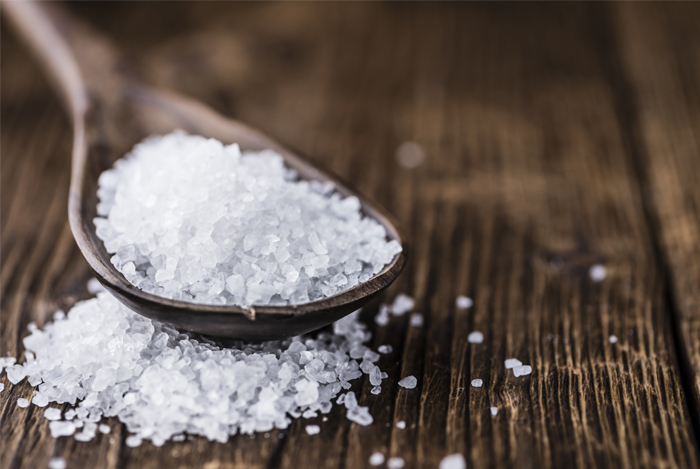
Salt, sugar, and fat are also the three most palatable types of food and the most addicting to our senses. This is why processed food addiction is so rampant, and it’s why no one cooks meat without a bunch of sauces and seasonings and why no one roasts or sautés veggies without oil and salt most of the time.
See, our taste buds are craved to taste these intense foods because our bodies are primed to seek out the most intense foods we can get our hands on. But this can lead to a major problem: overeating.
Dr. David Kessler, MD is the author of the book The End of Overeating and a former FDA commissioner. He explains this phenomenon best when he shows why salt, fat, and sugar are the hardest foods for people to give up and the ones that make them gain the weight most quickly.
Dr. Doug Lisle, Ph.D from Santa Rosa, CA is the author of the bestselling book, The Pleasure Trap. He also explains that sugar, oil, and salt are the three main foods that cause people to gain weight and fall into the pleasure trap of eating.
He refers to these three foods as SOS and prescribes people to eat an SOS-free diet that doesn’t include any added sugar, oil, or salt for optimal health and optimal weight loss.
Why Salt is So Hard to Give Up
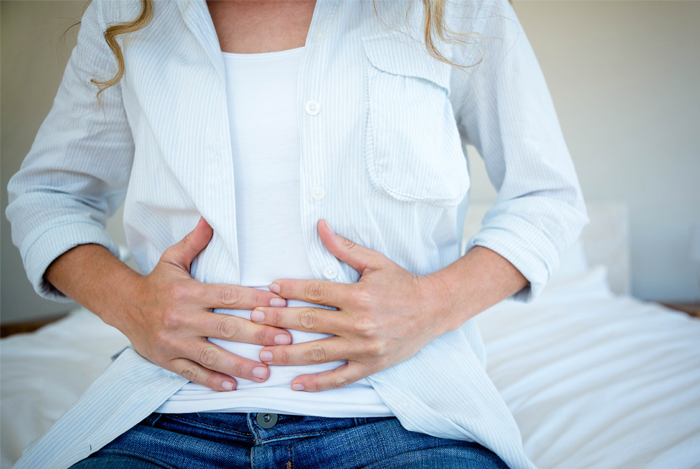
Salty foods are especially hard to give up because they make us want more and more food. In the meantime, they send our blood pressure through the roof and we get this intense urge to keep eating because our biochemistry is out of order.
When we’re finally too full to eat anymore, we deal with the consequences of taking in too much salt. This includes bloating, indigestion, weight gain, puffy eyes, and sluggishness at its very finest.
But it doesn’t have to be this way. We can learn to eat foods that aren’t loaded with sodium and still enjoy our meals. It may take a couple of weeks for our taste buds to adjust, but with time they will and we’ll see our health and vitality improve in no time.
In fact, after just one day of eating no added salt, you’ll likely lose at least 5 pounds of water weight and have more energy—not to mention feel less bloated after you eat.
The Digestive Benefits of Giving up Salt
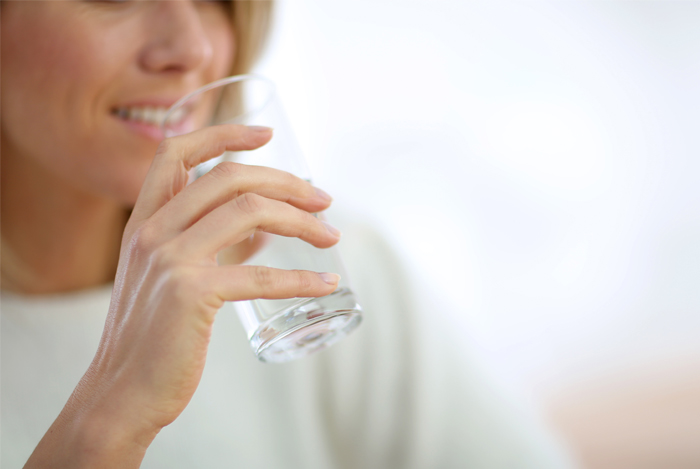
Another way giving up salt benefits your health is that it doesn’t dry you up from the inside out. This benefits your digestion because in order for wastes to move through the body, they need ample amounts of water.
If we eat high-sodium foods, we’re slowing down our digestion no matter how much water or liquids we feel like we’re drinking to compensate the extra sodium.
How to Eat Less Salt
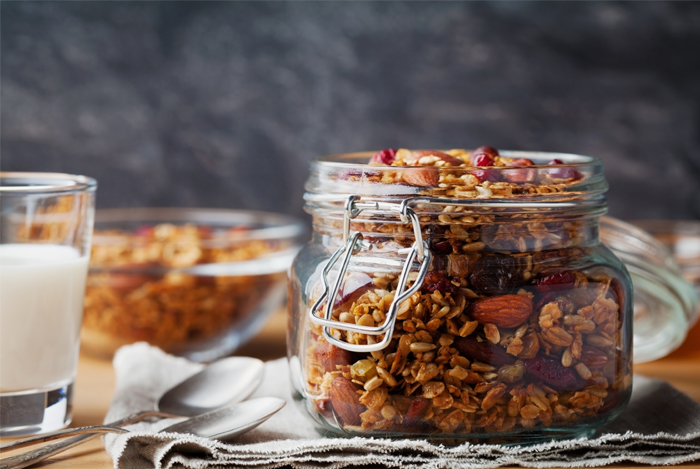
Here are some things you should know about eating a low-salt diet and simple tricks you can use to take in less sodium.
- Eat more at home since restaurant meals and fast food are especially high in salt (along with oil and sugar).
- Purchase less food in boxes and check the labels on everything you buy. Foods should contain no more sodium than they do calories per serving. This is a great measurement of how healthy a seemingly sensible processed food really is.
- Use herbs, spices, and lemon juice or fresh lime juice to flavor your foods without salt.
- Buy no-salt-added seasonings at the store, such as Mrs. Dash or a comparable brand
- If you purchase whole grain products, such as sprouted grain bread, turn over the label and make sure it has no added salt.
- Eat foods that are natural sources of sodium, such as celery and tomatoes, in place of eating veggies that you add salt too.
- Purée veggies with herbs and spices to make your own sauces; carrots, onions, celery, and tomatoes are all especially flavorful options to use. Add mustard, garlic, and oregano for an even higher boost of flavor.
- Check your beverages! Non-dairy milk, coffee creamer, specialty coffee drinks, and sports drinks can all include extra sodium. Make your own non-dairy milk at home if you can. A simple recipe is to blend 1 cup of nuts or seeds with 3 cups water and a date to sweeten naturally, then strain the mixture through a nut milk bag or cheesecloth and filter it into a glass pitcher.
Here are some other weight loss beverages that are also great to consume too!
- Kick the cheese habit! Cheese is one of the worst foods for containing high levels of sodium. It’s also filled with addictive casomorphins which can make you want to eat it even more.
- Choose a tasty, dairy-free seasoning instead of cheese that is a great source of B vitamins and has a natural cheddar flavor: nutritional yeast! You can use nutritional yeast on any pizza, salad, or entrée of your choice and it’s easy to find at health food stores or online.
- If you have a busy schedule and rely on fast food, get yourself a pressure cooker or a slow cooker and batch cook on your day off. Within just a few hours, you can have healthy meals ready that you can eat at home immediately when you get off work. Just remember, don’t add salt (or oil) to them!
- When eating out at a restaurant, eat more fresh foods like salads, a simple baked or sweet potato, and steamed veggies with a side of beans and rice or a piece of wild fish. Ask the waiter if he can make sure your food doesn’t have added salt and tell them you’re on a low-sodium diet. Use balsamic vinegar, lemon juice, and black pepper to flavor your foods. Skip the soup no matter what you do; it’s the worst food for taking in too much salt away from the bread, cheese, meat, cooked entrées, and sauces.
- In place of boxed cereal that’s normally very high in sodium, just make your own oatmeal and top with fruit such as a tablespoon of raisins, goji berries, or a chopped date. Add raw nuts and seeds, and cook the oatmeal with water in place of salt or milk. Sweeten with a mashed banana or melted frozen fruit. Or, make overnight oatmeal with fruit, chia seeds, water, and some apple pie spice to add flavor naturally.
- Instead of boxed pasta, parmesan cheese, and processed marinara sauce, (which are all very high in sodium), use zucchini noodles or a quinoa pasta and top it with no-salt-added fire-roasted tomatoes, fresh herbs, and some nutritional yeast for a healthy pasta meal.
- Get rid of the salt in your house and check all your condiments; get rid of those that you know you won’t be able to resist and trash the salt. Fill your salt shaker with pepper instead.
Putting it All Together:
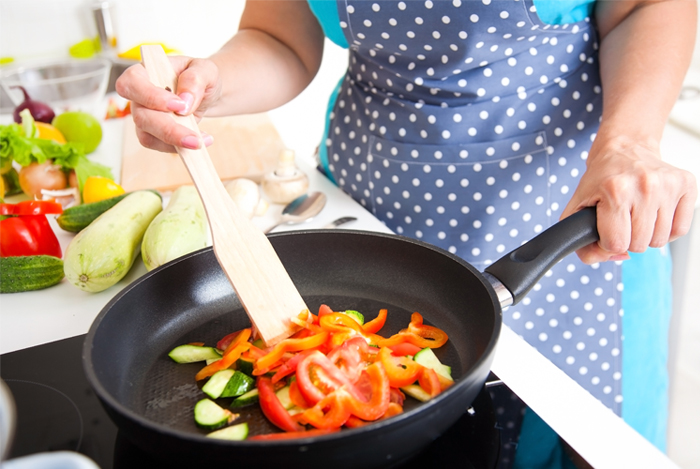
Now that you know why to avoid salt for the best weight loss efforts and how to eat less sodium, here’s one final tip: Rely on more fresh foods at home, at work, and on the go.
Fruit, veggies, greens, nuts, seeds, avocados, oatmeal, quinoa, coconut, beans, lentils, and wild fish or eggs are some of the best foods you can eat without eating added sodium, and they’re some of the easiest to enjoy without needing to cover them up in salt (or oil and sugar).
For more tips on weight loss, here’s a grocery list that can help you get started!
The post Is Salt Undermining Your Weight Loss Efforts? What You Need to Know About a High-Sodium Diet appeared first on Nutrition Secrets.
http://www.nutritionsecrets.com/is-salt-undermining-your-weight-loss-efforts-what-you-need-to-know-about-a-high-sodium-diet/
No comments:
Post a Comment